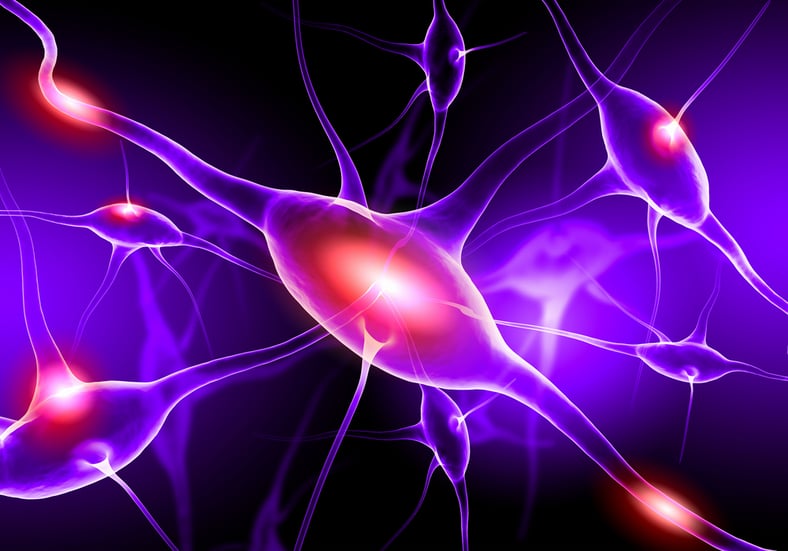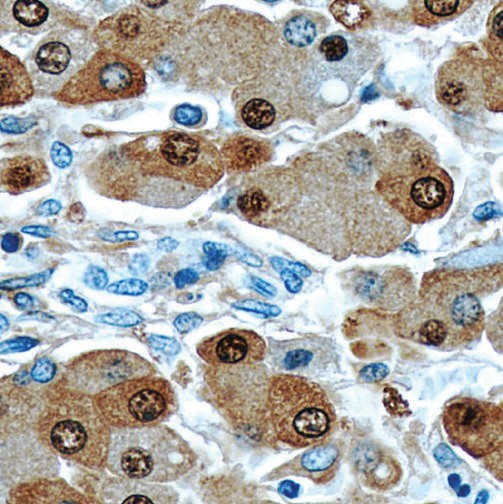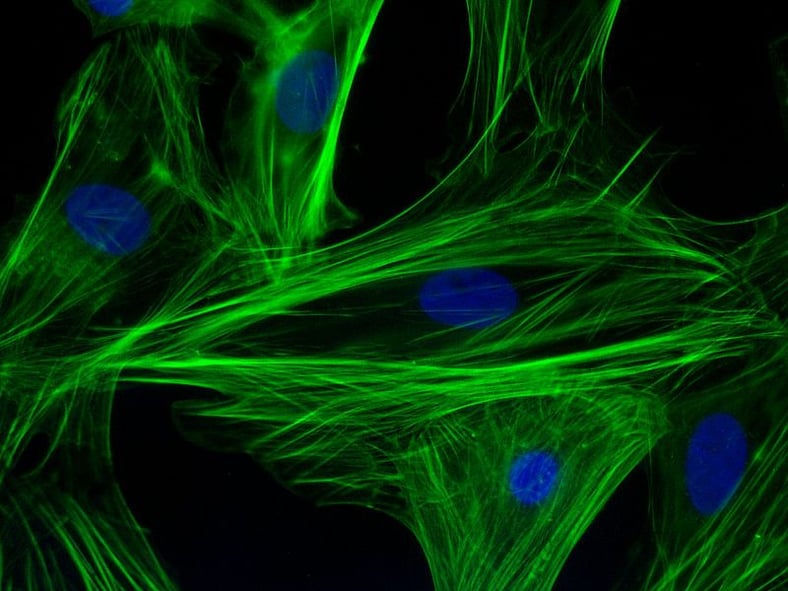Despite the advances in modern medicine, no one knows for sure what causes amyotrophic lateral sclerosis (ALS), also called Lou Gehrig’s disease. Scientists can only theorize and speculate as to what causes it, but they still don’t have a conclusive answer to this question.
Exploring the Genetic Causes of ALS (Lou Gehrig's Disease)
Topics: Protein Purification, Western Blotting, Assay Development (ELISA), Sample Clean Up, Protein Concentration, Protein Extraction, Protein Detection
Transcript analysis and DNA information is a crucial step in the field of molecular biology and genetics. For many years, DNA hybridization is utilized as a primal technique for diagnosis of genetic manipulations and their correlation with the diagnostic manifestations of the genetic diseases. The identification of DNA or RNA has become pivotal in many clinical studies and drug development approaches.
Topics: Protein Detection
Antibodies have become a great tool for identifying and characterization of different proteins in different model systems using the technique of immunohistochemistry and Western blotting. The precision and sensitivity of these molecules allow us to develop a clear-cut picture of molecular cascades and signalling pathways. The technique of characterization of proteins by immunohistochemistry is very old, however it requires elaborate standardization and rigorous scientific approach to select the right antibodies for the experimental need.
Topics: Protein Labeling, Protein Detection
A Guide to Sample Preparation for Immunofluorescence
Immunofluorescence is an essential and a powerful tool in molecular biology for the visualization of cellular structures, protein localization and intracellular processes. The resultant sample produced after immunofluorescence is analyzed using different microscopic methods such as confocal microscopy, epifluorescence, TIRF, or GSDIM depending on the experiment.
Topics: Protein Detection






